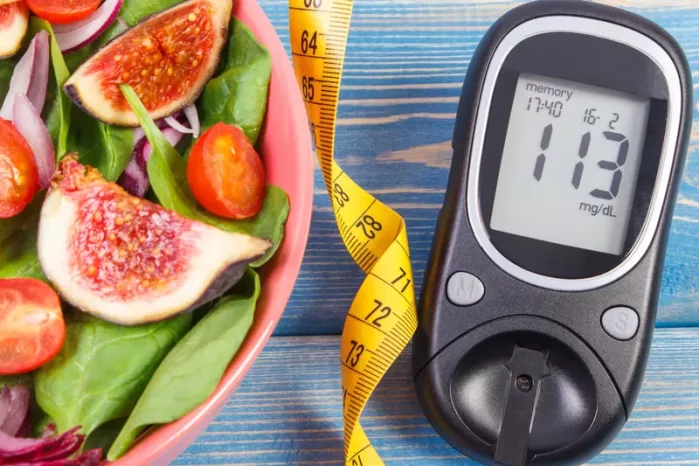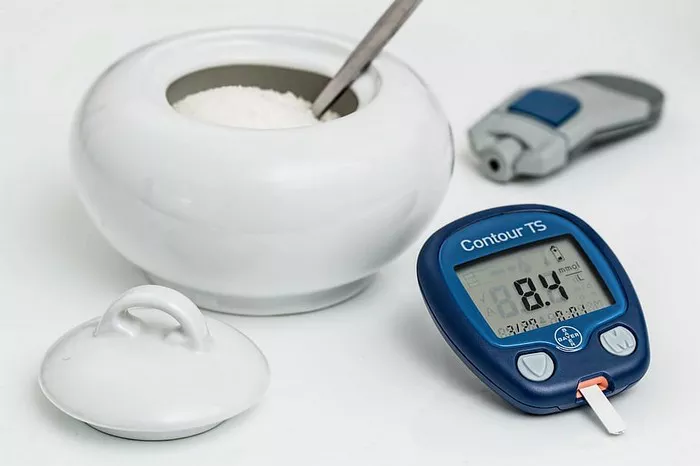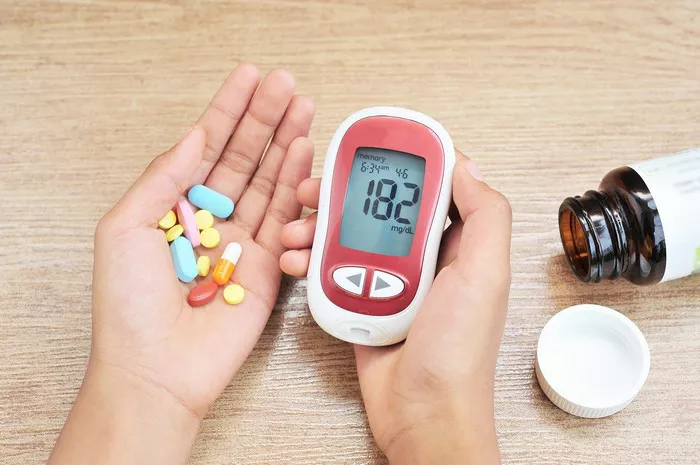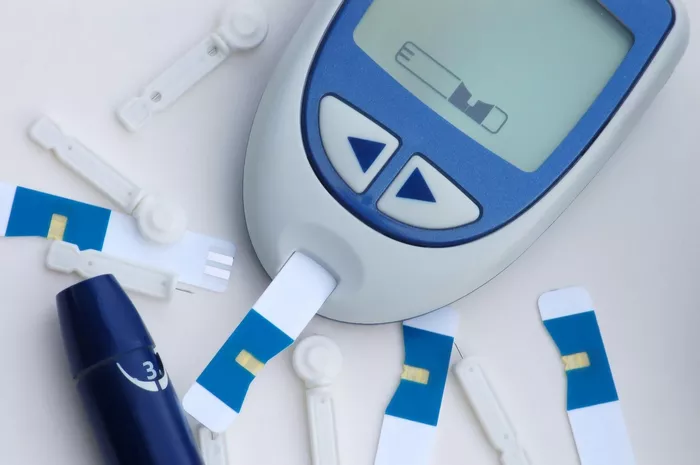Blood sugar monitoring plays a crucial role in managing various health conditions, particularly diabetes. Whether someone is living with type 1 diabetes, type 2 diabetes, or gestational diabetes, monitoring blood sugar levels is essential for maintaining optimal health and preventing complications. By regularly checking blood sugar levels, individuals can make informed decisions about their diet, medication, and lifestyle choices to keep their blood sugar within a healthy range.
Types of Devices
There are several types of blood sugar monitoring devices available on the market today, each with its own unique features and benefits. Traditional glucometers are handheld devices that require a small blood sample obtained by pricking the finger with a lancet. These devices provide immediate blood sugar readings and are often used multiple times throughout the day.
Continuous glucose monitors (CGMs) are another type of blood sugar monitoring device that has gained popularity in recent years. CGMs use a tiny sensor inserted under the skin to continuously measure glucose levels in the interstitial fluid. This technology provides real-time glucose readings throughout the day and night, offering valuable insights into glucose trends and patterns.
Features to Consider
When choosing a blood sugar monitoring device, there are several key features to consider to ensure effectiveness and ease of use. Accuracy is paramount, as accurate blood sugar readings are essential for making informed decisions about diabetes management. Additionally, ease of use, data storage capabilities, and connectivity with smartphones or other devices can enhance the overall user experience.
Traditional Glucometers:
Pros: Affordable, portable, immediate results.
Cons: Requires finger pricks, may not provide continuous monitoring.
Continuous Glucose Monitors (CGMs):
Pros: Continuous monitoring, real-time data, trend analysis.
Cons: More expensive, requires sensor insertion, may have connectivity issues.
Price Range and Insurance
The price range of blood sugar monitoring devices varies depending on the type and brand. Traditional glucometers are typically more affordable, with starter kits available for as low as $20 to $50. On the other hand, CGMs are more expensive, ranging from several hundred to over a thousand dollars for the initial setup, plus ongoing costs for sensors.
In terms of insurance coverage, many insurance plans do cover the cost of blood sugar monitoring devices, especially for individuals with diabetes. However, coverage may vary depending on the type of device and the individual’s insurance plan. It’s essential for individuals to check with their insurance provider to determine coverage eligibility.
Ease of Use
Both traditional glucometers and CGMs are relatively easy to use, but there are some differences in the process of taking a reading and interpreting the results.
Traditional Glucometers: To use a traditional glucometer, the user simply inserts a test strip into the device, pricks their finger to obtain a small blood sample, and applies the blood sample to the test strip. The device then provides a blood sugar reading within seconds.
Continuous Glucose Monitors (CGMs): CGMs require a more involved setup process, including sensor insertion and device calibration. However, once set up, CGMs provide continuous glucose readings without the need for finger pricks.
Accuracy and Reliability
Both traditional glucometers and CGMs are known for their accuracy and reliability when used correctly. Clinical studies have demonstrated the accuracy of these devices in comparison to laboratory blood tests. Additionally, many users report high levels of satisfaction with the accuracy and reliability of these devices in real-world settings.
Availability and Accessibility
Blood sugar monitoring devices are widely available for purchase both online and in physical stores. Many pharmacies, medical supply stores, and online retailers carry a variety of glucometers and CGMs to suit different needs and preferences. However, it’s essential to note that availability may vary depending on geographic location and local regulations.
Support and Warranty
Manufacturers of blood sugar monitoring devices typically provide customer support services to assist users with device setup, troubleshooting, and general inquiries. Additionally, most devices come with a warranty to cover defects in materials and workmanship for a specified period. It’s advisable for users to familiarize themselves with the warranty terms and contact the manufacturer for support as needed.
Latest Innovations
In recent years, there have been significant advancements in blood sugar monitoring technology, including the development of non-invasive methods for measuring glucose levels. These innovations aim to provide more convenient and comfortable options for individuals who require regular blood sugar monitoring. Non-invasive methods may include wearable sensors that measure glucose levels through the skin without the need for finger pricks or sensor insertion.
FAQ Section
How often should I check my blood sugar levels?
The frequency of blood sugar monitoring depends on individual factors such as the type of diabetes, medication regimen, and overall health status. It’s essential to follow the guidance of a healthcare provider to determine the appropriate monitoring schedule.
Are blood sugar monitoring devices covered by insurance?
In many cases, blood sugar monitoring devices are covered by insurance plans, especially for individuals with diabetes. However, coverage may vary depending on the type of device and the individual’s insurance plan. It’s advisable to check with the insurance provider for specific coverage details.
How do I know if my blood sugar monitoring device is accurate?
Blood sugar monitoring devices undergo rigorous testing to ensure accuracy and reliability. Additionally, users can compare the device readings to laboratory blood tests or use control solutions provided by the manufacturer to verify accuracy.
Conclusion
In conclusion, blood sugar monitoring is a vital component of managing diabetes and other health conditions. With the wide range of blood sugar monitoring devices available on the market, individuals have access to tools that can help them monitor their blood sugar levels accurately and conveniently. By considering factors such as accuracy, ease of use, and insurance coverage, individuals can select the right device to support their health management goals. With ongoing advancements in technology, blood sugar monitoring devices continue to evolve, providing users with innovative solutions for better health outcomes.
Related Topics:
What Do High Blood Sugar Levels Mean?

























